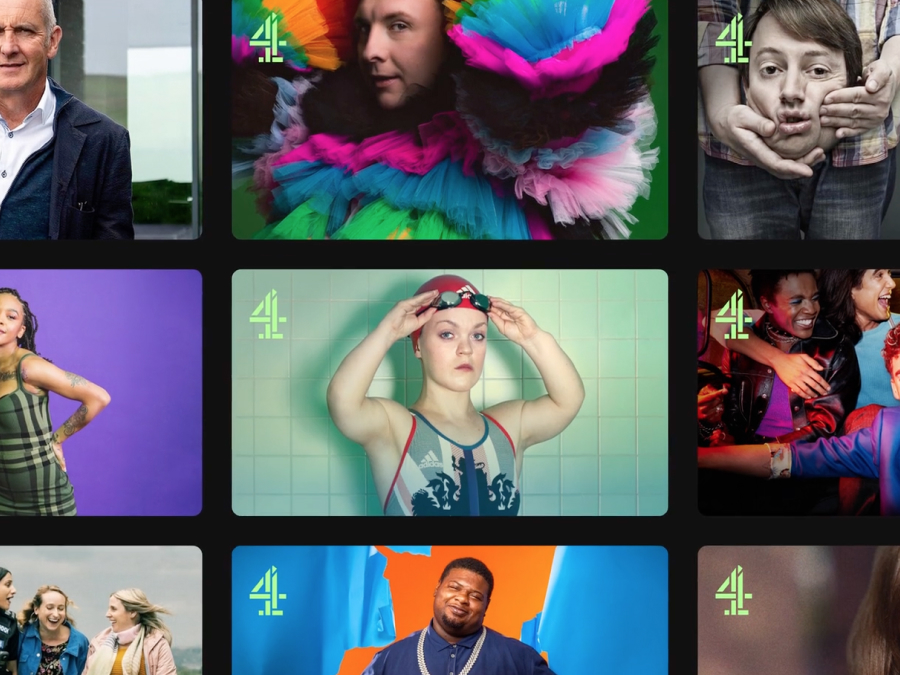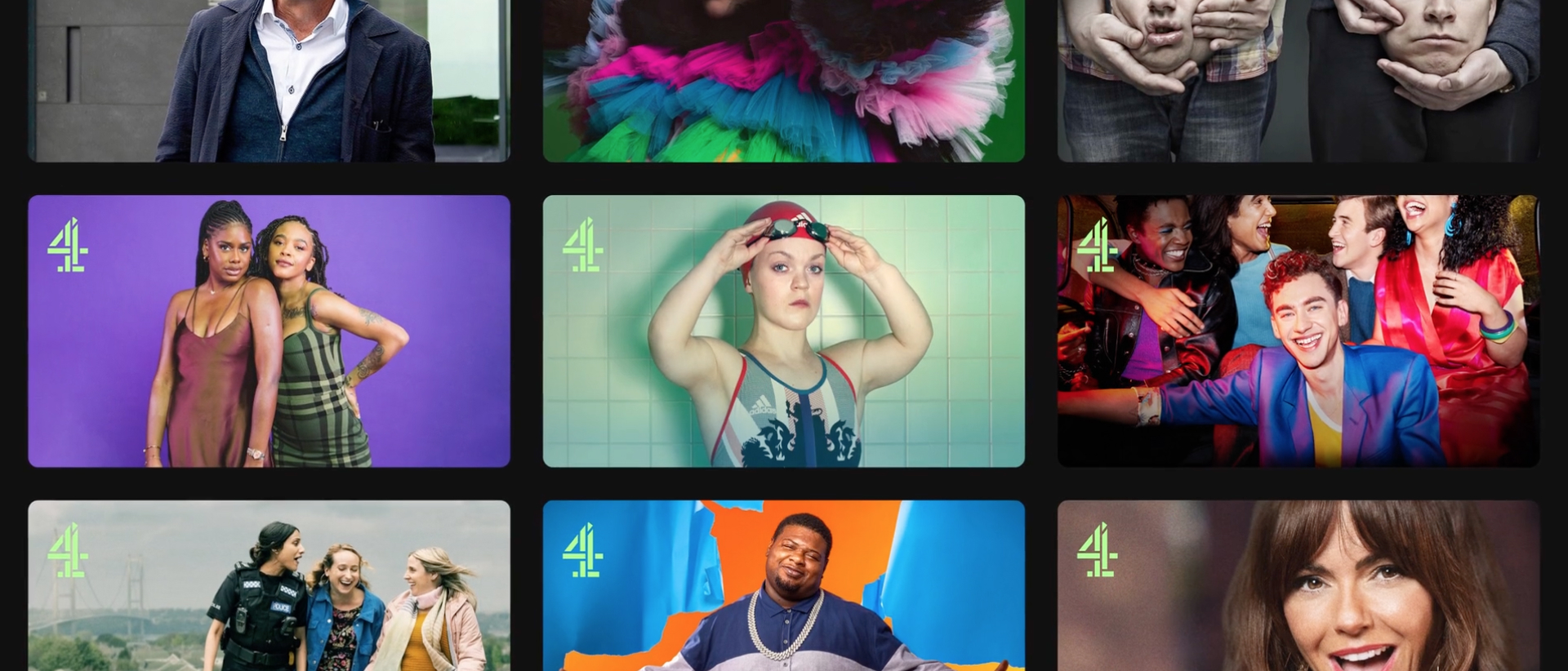Channel 4’s digital-first lesson for broadcasters
James Reeve at UIC Digital on the need for broadcasters to innovate, or eventually get left behind, as featured in Broadcast Magazine.


Channel 4’s plans to become a digital-first streamer by 2030 marks a significant milestone for the direction the wider broadcast industry is headed.
It’s a moment that mirrors a broader industry trend – the proportion of people tuning into traditional TV broadcasts weekly has plummeted from 83% in 2021 to 79% in 2022.
This stark dip signals an exciting but crucial challenge for broadcasters to innovate, or eventually get left behind.
So, how can broadcasters effectively fast-forward into the new digital age, attracting a more diverse audience across multiple mediums? The devil is in the details.
Know your audience
One of the biggest, and often overlooked considerations is striking the balance between catering to the tech-savvy younger audience and the more seasoned viewer base. It’s not merely about adopting the latest technologies but delving deep into the distinct preferences and consumption behaviours of each group.
For instance, people over 70s are the UK’s most online adults after twenty- somethings. Yet, Age UK found that almost half of over 65s struggle to use the internet successfully.
Broadcasters have a responsibility to ensure their platforms are accessible to an increasingly digital and diverse audience. The actionable step here is to conduct comprehensive user research, deciphering the nuanced digital habits of each demographic.
Our approach at UIC Digital across our multiple global clients in this space involves extensive research on user behaviour and audience preferences, aiming to create products that offer a more connected and frictionless experience. This understanding of your audience forms the basis for crafting a digital experience that actually resonates.
Functionality over aesthetics
A pitfall that often ensnares broadcasters in their digital transition is the allure of aesthetics over functionality. It’s all well and good for having a visually aesthetic front end, but if the user interface is difficult to navigate, it presents a real challenge and can affect your overall brand perception.
Instead, broadcasters need to prioritise usability over mere visual appeal. And it’s not about a superficial facelift; it’s about reconstructing digital interfaces with user-centricity at the forefront.
Things like having an extensive discovery process, as well as testing ideas on real people, ensure that every digital interaction serves a purpose and enhances the overall user experience.
Know your niche
In an increasingly digital landscape, broadcasters can often fall into the sea of sameness, where brands just blur into one. This common cookie-cutter approach poses a threat to brand identity.
When transitioning to a digital-first strategy, your online presence serves as a canvas to paint the brand’s distinct personality, fostering a connection with the audience that transcends the generic and mundane.
Don’t scrimp on the tech stack
Invest wisely in your tech stack. Evaluate what’s effective and what needs improvement to streamline your journey. Leverage cutting-edge tools, including AI to enhance efficiency across the board.
In an industry where tradition often takes precedence, we need to embrace change with open arms. For broadcasters, this extends beyond just adopting new technologies; it involves fostering an environment where inventive solutions flourish. In 2024, investing in technological partnerships will be the key to success.
As broadcasters navigate uncharted digital territories, or as many are already on this digital journey, the call is for bold actions. Conduct user-centric research, prioritise functionality, define your brand distinctiveness, and embrace innovation. Digital transformation is not a one-size-fits-all; it’s a bespoke expedition.


